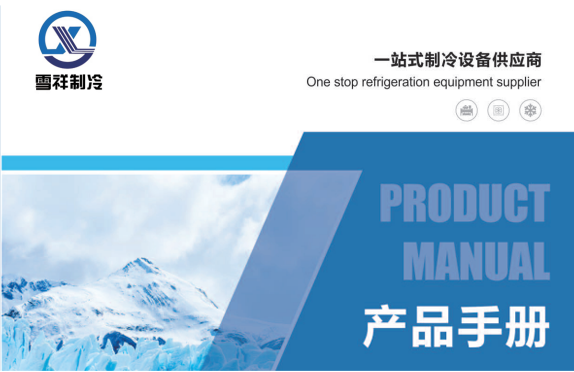Chicken Processing Equipment Scalder and Plucker for Efficient Poultry Preparation
Nov . 10, 2024 02:55 Back to list
Chicken Processing Equipment Scalder and Plucker for Efficient Poultry Preparation
The Chicken Scalder and Plucker Essential Tools in Poultry Processing
In the poultry industry, efficiency and hygiene are paramount, especially in the processing of chicken. Two critical pieces of equipment that play a vital role in this process are the chicken scalder and plucker. These machines significantly streamline the steps of slaughtering and preparing chicken for consumption, ensuring a high-quality product while also adhering to sanitary standards.
A chicken scalder is designed for the initial phase of the processing sequence. After the chickens are humanely killed, they are immediately submerged in hot water. This process is called scalding and is essential for loosening the feathers, which makes the subsequent plucking much easier. The optimal temperature for scalding typically ranges from 140°F to 160°F (60°C to 71°C), depending on the breed and age of the chicken. The duration of this step can vary but generally lasts between 30 seconds to a few minutes. Properly scalded chickens will have their feathers loosened effectively without cooking the skin, preserving the quality of the meat.
Following scalding, the chicken moves on to the plucker machine. The plucking process involves removing the feathers from the previously scalded birds. Traditionally, this was a manual process, but modern plucking machines have revolutionized this step. The chicken plucker operates using rubber fingers that gently grasp and remove feathers as the bird is rotated within the machine. This method not only increases the speed of processing but also reduces labor costs and minimizes the risk of damage to the chicken’s skin, which is crucial for maintaining the aesthetic and quality of the final product.
chicken scalder and plucker

The efficiency of scalder and plucker machines has had a profound impact on poultry processing operations. By automating these labor-intensive tasks, processors can significantly increase their output, thereby meeting the growing demand for poultry products. With the global population rising, the need for efficient food production systems has never been more critical. Scalders and pluckers enable processors to keep pace with consumer demand while ensuring that safety and quality standards are met.
Moreover, sanitation is a significant concern in poultry processing. Both scalder and plucker machines are designed with hygiene in mind. The hot water used in the scalder not only facilitates feather removal but also helps in reducing microbial load on the bird's surface. Following this, regular cleaning and maintenance of plucking machines are essential to prevent cross-contamination. Many modern systems are equipped with features that make cleaning easier and more thorough, contributing to a safer processing environment.
In addition to their practical benefits, the use of scalder and plucker machines contributes to sustainability in the poultry industry. By improving efficiency and reducing waste, these tools allow processors to optimize their operations. Furthermore, they help ensure that producers can maintain high standards of animal welfare throughout the processing phase. Adhering to ethical practices has become increasingly important to consumers, and manufacturers that employ humane processing techniques are more likely to earn consumer trust.
In summary, the chicken scalder and plucker are integral to modern poultry processing. Their ability to enhance efficiency while ensuring hygiene and quality highlights their importance in the supply chain. As the industry continues to evolve, advances in technology will likely lead to even more sophisticated systems for scalping and plucking chickens, further improving production methods and addressing the ever-growing demand for poultry. The evolution of these machines reflects broader trends in the agricultural sector, where automation and efficiency are essential for sustainable growth.
-
Hot Sale 24 & 18 Door Rabbit Cages - Premium Breeding Solutions
NewsJul.25,2025
-
Automatic Feeding Line System Pan Feeder Nipple Drinker - Anping County Yize Metal Products Co., Ltd.
NewsJul.21,2025
-
Automatic Feeding Line System Pan Feeder Nipple Drinker - Anping County Yize Metal Products Co., Ltd.
NewsJul.21,2025
-
Automatic Feeding Line System - Anping Yize | Precision & Nipple
NewsJul.21,2025
-
Automatic Feeding Line System - Anping Yize | Precision & Nipple
NewsJul.21,2025
-
Automatic Feeding Line System-Anping County Yize Metal Products Co., Ltd.|Efficient Feed Distribution&Customized Animal Farming Solutions
NewsJul.21,2025






